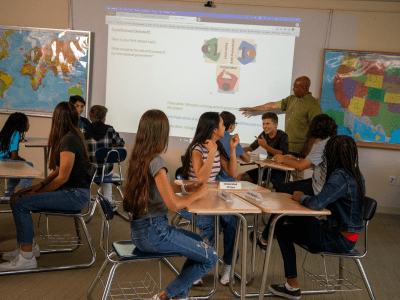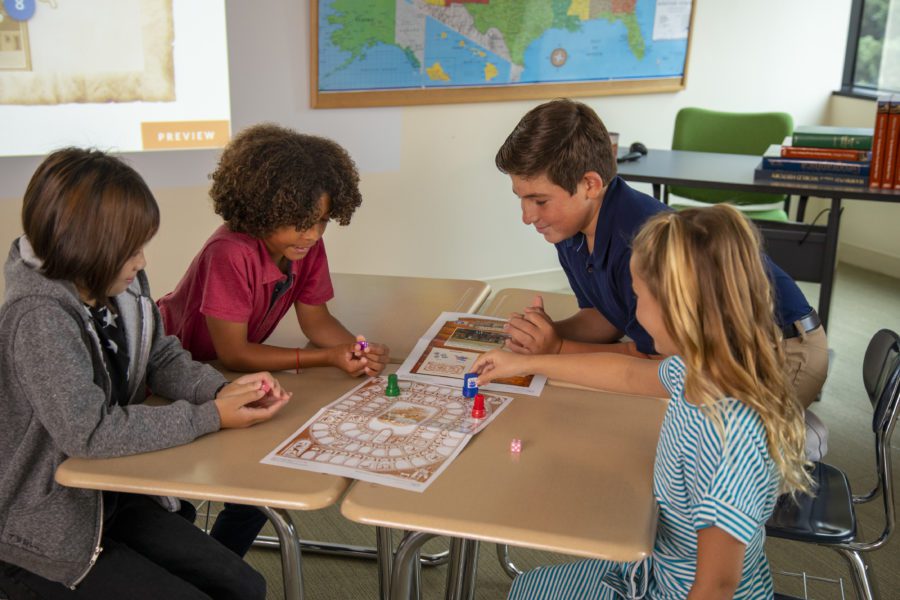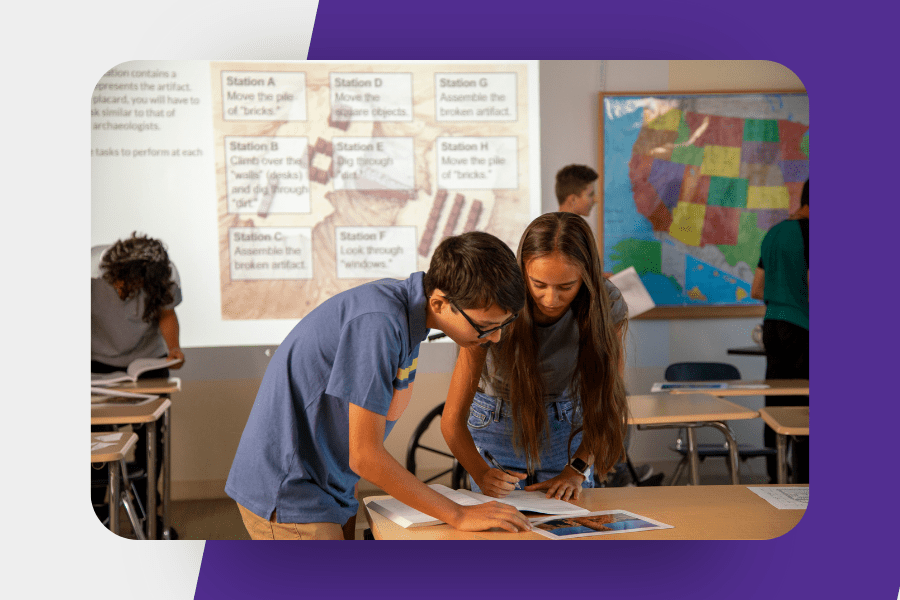
Many classrooms struggle to facilitate productive civil discussions. Without the right tools, students might find it difficult to engage in meaningful conversations. Classroom discussion strategies for active listening, empathy, and clear communication can help students understand different perspectives and create a more lively classroom.
Engaging students involves more than presenting content. It’s about encouraging active participation, where students talk, debate, and collaborate with their peers. Using classroom discussion strategies that promote speaking, listening, and movement can enhance critical thinking and engagement with the material. Recently, we hosted a webinar, Active Voices: Fostering Dynamic Classroom Discussions, that explored classroom discussion strategies to promote dynamic and meaningful discourse. If you missed it, here’s a recap of the key takeaways and a link to the full recording.
Featured Strategy: The Response Group
The Response Group strategy, highlighted during our webinar, is designed to encourage scholarly discourse and debate. Drawing on Elizabeth Cohen’s research on cooperative groupwork, this strategy helps prepare students to articulate detailed and thoughtful answers. This strategy features:
- Small Group Discussions: Students begin by working in small groups to tackle complex issues. Many social studies topics are nuanced, motivating students to debate and engage deeply. Small groups provide a setting where students can support one another and work collectively to understand these topics.
- Analyzing Sources and Perspectives: Groups are challenged to analyze difficult sources, solve problems, or explore multiple perspectives on an issue. Providing rich, diverse materials enhances student engagement and encourages them to think critically about the content.
- Critical Thinking Questions for Scholarly Discourse: Educators should prepare critical thinking questions to foster passionate and informed discussions. These questions should be subjective, encouraging students to analyze, compare, explore, and hypothesize. Offering enough background information ensures students can discuss intelligently and meaningfully.
- Evaluating Evidence and Constructing Arguments: Students need time to evaluate evidence, draw conclusions, and construct arguments. This phase involves discussing, refining, and recording their responses to the critical thinking questions. High levels of interaction in small groups lead to significant learning gains. Assigning the role of presenter for each question ensures that every student participates and records answers during their group discussions.
- Lively Class Discussions: After their small-group discussions, students should have plenty of ideas to share with the entire class. Educators can begin by asking presenters from a few groups to share their answers or facilitate an intellectual debate. This step allows students to synthesize their group discussions and present their findings, leading to a rich classroom dialogue.
Watch the Webinar Recording
Watch the Webinar Recording to delve into the detailed insights and practical tips shared by our experts. Facilitating productive discussions in the classroom is essential for developing critical thinking and fostering a collaborative learning environment. The Response Group strategy, along with the best practices discussed in the webinar, provides a structured approach to achieving this goal. By implementing these strategies, educators can create a dynamic and engaging classroom where every student’s voice is heard and valued.
TCI’s Teaching Strategies
The Response Group strategy is one of six core teaching strategies built into TCI’s curriculum. Ready to explore these strategies further? Learn more about TCI’s innovative approach to social studies.


